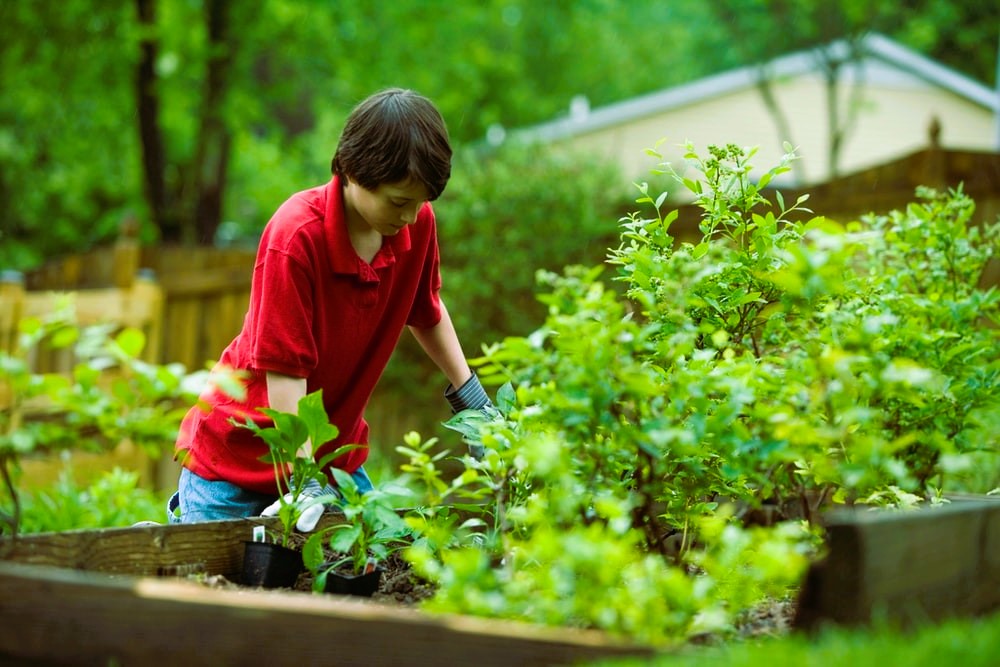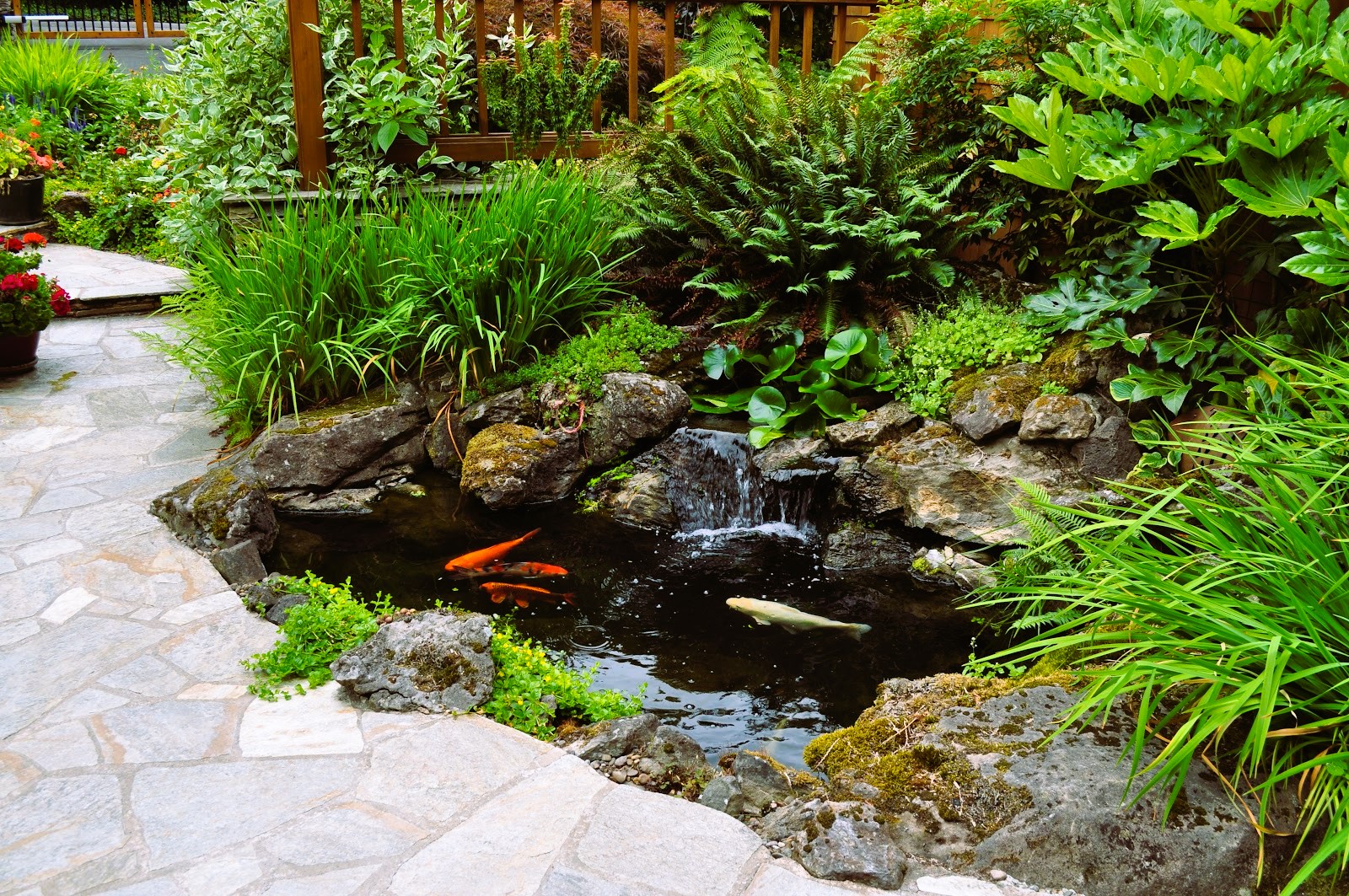Designing a sustainable garden is not only aesthetically pleasing but also an opportunity to contribute to a healthier environment. By incorporating eco-friendly practices and mindful design principles, you can create a green oasis that promotes biodiversity, conserves resources, and minimizes environmental impact. In this article, we will explore valuable tips and ideas for designing a sustainable garden that harmonizes with nature and enhances the well-being of both humans and the planet.
Plan for Native Plants
One of the fundamental aspects of a sustainable garden is the use of native plants. Native plants are naturally adapted to the local climate, soil conditions, and wildlife, making them low-maintenance and resilient. They require less water, fertilizer, and pesticides, reducing the need for chemical inputs. Additionally, native plants provide food and habitat for local wildlife, contributing to biodiversity conservation.
Practice Water Conservation
Water conservation is essential for sustainable gardening. Implement water-saving techniques such as installing a rainwater harvesting system, using mulch to retain moisture, and grouping plants with similar water requirements. Consider incorporating drought-tolerant plants that can thrive with minimal watering once established. Efficient irrigation systems, such as drip irrigation, can also minimize water waste and ensure that water reaches the roots where it is needed most.
Composting and Organic Soil Management
Maintaining healthy soil is crucial for sustainable gardening. Start by creating a composting system to recycle organic waste from your garden and kitchen. Compost adds nutrients to the soil, improves its structure, and enhances water retention. Avoid synthetic fertilizers and instead focus on using organic soil amendments, such as compost, well-rotted manure, or natural mineral additives, to nourish your plants naturally.
Embrace Integrated Pest Management
Integrated Pest Management (IPM) is an environmentally friendly approach to pest control that minimizes the use of chemical pesticides. Encourage natural pest predators, such as ladybugs and birds, to inhabit your garden by providing habitat and food sources. Planting companion plants that repel pests or attract beneficial insects can also help maintain a balanced ecosystem. Regular monitoring and early intervention can prevent pest outbreaks and reduce the need for chemical interventions. Like the article? Read also about the benefits of energy efficient windows.

Maximize Energy Efficiency
Incorporate energy-efficient features into your garden design to minimize energy consumption. Utilize solar-powered lighting for pathways and outdoor areas, reducing reliance on traditional electricity sources. If you have a water feature, consider using a solar-powered pump. Design your garden layout to provide shade in strategic areas, which can help cool your home and reduce the need for air conditioning during hot summer months.
Implement Sustainable Garden Structures
Choose sustainable materials when constructing garden structures such as fences, trellises, and raised beds. Opt for reclaimed wood, recycled plastics, or locally sourced materials that have a lower carbon footprint. Consider incorporating vertical gardening techniques, such as living walls or trellises, to maximize space efficiency and promote biodiversity.
Provide Wildlife Habitat
Design your garden to provide a welcoming habitat for wildlife. Install birdhouses, bat boxes, and pollinator-friendly plants to attract a diverse range of species. Create areas with dense vegetation and natural shelter to provide hiding spots and nesting areas. By inviting wildlife into your garden, you can contribute to the preservation of biodiversity and create a thriving ecosystem.
Conclusion
Designing a sustainable garden allows you to harmonize with nature while creating a tranquil and beautiful space. By incorporating native plants, practicing water conservation, implementing organic soil management, embracing integrated pest management, maximizing energy efficiency, using sustainable materials, and providing wildlife habitat, you can create a green oasis that benefits both the environment and your well-being. Take the opportunity to design a garden that not only enhances the aesthetics of your home but also supports biodiversity, conserves resources, and promotes a healthier planet. Let your sustainable garden be a testament to your commitment to a greener future.

